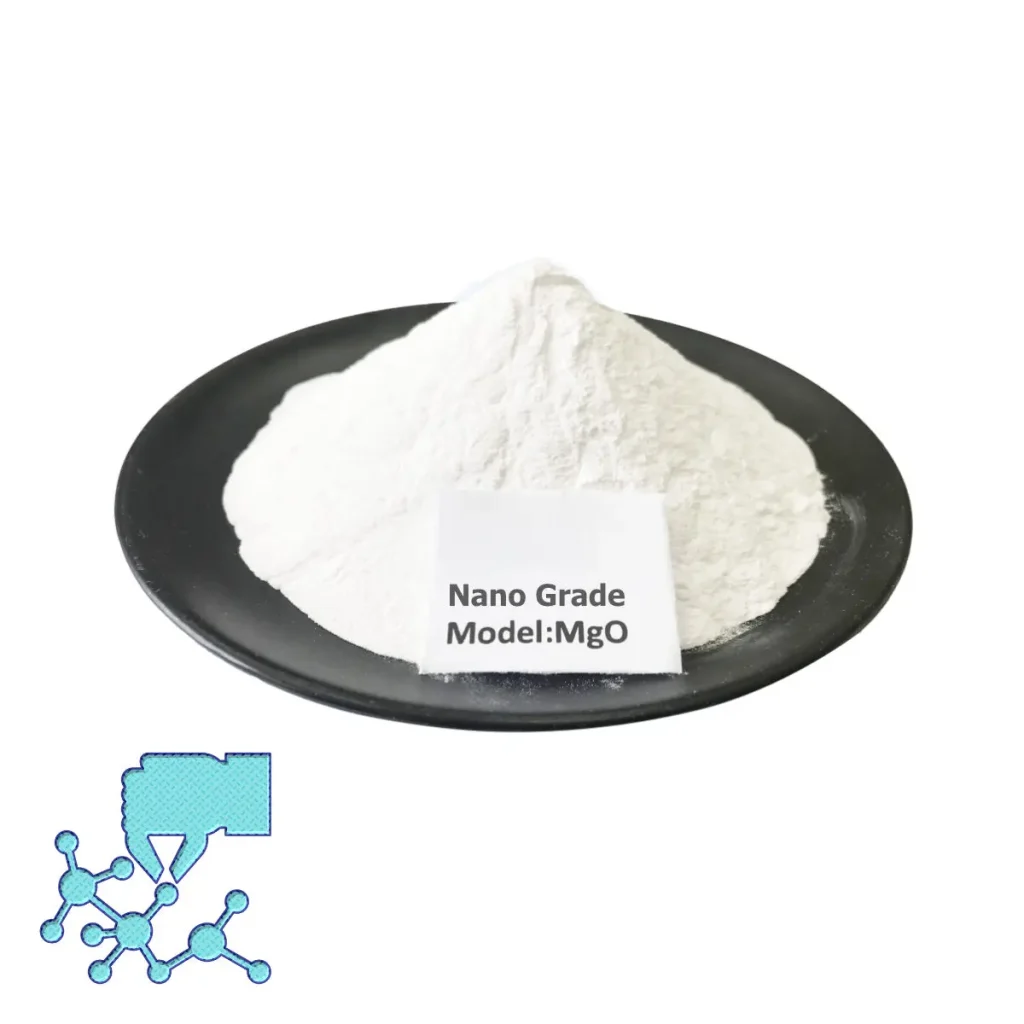Preparation of nanometer magnesium oxide from brine and industrial oxalic acid
Hebei Messi Biology Co., Ltd. stated that it uses brine and industrial oxalic acid as raw materials to prepare nanoscale magnesium oxide by adjusting various factors that affect precipitation. Through a series of experiments, the factors affecting product morphology and particle size were studied, including calcination temperature, reaction temperature and time, brine and surfactant concentration, and optimal preparation conditions were selected. Research shows that the brine concentration is 1.5mol/L, the addition amount is 1mL CTMAB solution for every 250mLMgCl2 solution, the reaction temperature is 40℃, the reaction time is 20min, and the calcination time at 600℃ high temperature is 2h, the average particle size is about 100nm. Petal-shaped nano magnesium oxide.
Preparation of nanometer magnesium oxide by self-propagating sol-gel method
Hebei Messi Biology Co., Ltd. stated that it used a self-propagating sol-gel method to prepare nano magnesium oxide and compared it with the traditional sol-gel method. Using magnesium nitrate as the raw material and citric acid as the complexing agent, a xerogel precursor was prepared through a complexation reaction, and its structure was studied using infrared spectroscopy. A comparative study of the TG curves of the precursor prepared by this method and the precursor prepared by the sol-gel method proved the occurrence of self-propagating combustion, and nitrate acted as an oxidant in the self-propagating combustion. The appropriate heat treatment method was selected based on the TG curve. The target products were characterized using AFM and TEM respectively, which showed that the product particles that have experienced the self-propagating combustion process are small, uniformly distributed, and have obvious grain shapes.
Several influencing factors of product particle size in the self-propagating sol-gel method were studied using TEM. XRD test results show that the average particle size of the sample is 8.7nm. The specific surface measured by BET is 26.34 m2/g. The precursors obtained under different experimental conditions were tested using infrared and XRD, the possible causes were speculated, and the target products obtained from different precursors were analyzed. Experimentally, the dividing curve of the two precursors was obtained. In addition, a preliminary exploration was made on the foaming phenomenon, and the mechanism of inhibiting powder agglomeration during the foaming process was discussed.

